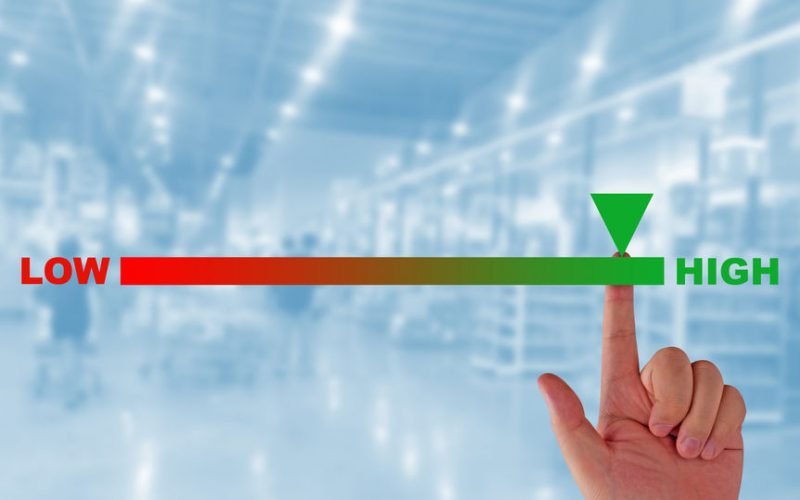Managing various areas of a business is becoming increasingly competitive and complex in a highly cutthroat business environment. That’s why companies are focusing their efforts on what they specialize in and what they do the best, and are outsourcing other areas of their business. Outsourcing was initially confined to business activities that formed the non-strategic areas of an organization. However, many businesses today have started outsourcing functions that are closer to their core areas of operations.
Outsourcing is a Boon But There is a Flip Side Too
Outsourcing is becoming an important part of many big organizations because they bring in major strategic as well as economic benefits that are too forceful to ignore. When implemented carefully and if it hits a successful patch, outsourcing can decrease operational costs dramatically, offer loads of flexibility, improve expertise, increase discipline and most importantly, help companies focus on the core areas of their business and further improve their performance in those areas, thereby making the whole organization a fighting-fit and high-performance unit.
Reasons Why Outsourcing Fails to Deliver for Some
For many companies, outsourcing has created obstacles and problems because they do not get the expected results that they hoped to achieve by outsourcing certain areas of their functions. This happens primarily due to errors in the decision-making process and implementation. Most of them are influenced by the pervasive conviction that outsourcing lowers costs and offers flexibility automatically, but the risk factors associated with outsourcing are not fully researched or comprehended.
Outsourcing activity brings a significant set of risks. Most companies recognize this and respond by adopting a thorough risk analysis process. While risk analysis is a valuable tool, it must be accompanied by ongoing risk management to efficiently diminish outsourcing risks. Risk management is an ongoing process that covers three key areas, such as supplier and contract management, the service level agreement, and billing accuracy.
Risk Management Can Help Extract Best Results
The contract is a tool to keep track of the performance of outsourcing over a period of time. The statistics obtained are used by companies to keep performance on track and within established frames of acceptability. The service-level agreement identifies and states the requirements of the parties involved. Ideally, the agreement must be reviewed and updated regularly to ensure optimal performance and minimal friction.
Dealing With Billing Issues
It is observed that major points of conflict in an outsourcing arrangement revolve around billing accuracy. Contract terms must be explicitly clear about the terms and conditions of billing and must clearly identify potential areas of problems and suggest mutually acceptable solutions, so that there are no discrepancies at any stage of the contract.
Companies can benefit from outsourcing, if they correctly identify the areas in the contract that have the highest risk and consequence to them. It is advisable to segment contracts into high, low, and medium-risk categories for efficient risk management.
High-risk contracts must be reviewed more frequently, as they provide a critical product or service and/or have a high value transaction volume. Medium-risk contracts can be monitored and reviewed on a less frequent basis. Low-risk contracts may not be as actively monitored. Instead, a set of trackable metrics can be in place to review any deviations to contracted service levels.
Outsourcing provides companies with vastly important strategic and competitive alternatives in today’s challenging business environment. However, comprehensive risk management plans must be in place to reap the benefits of outsourcing in the long term.



